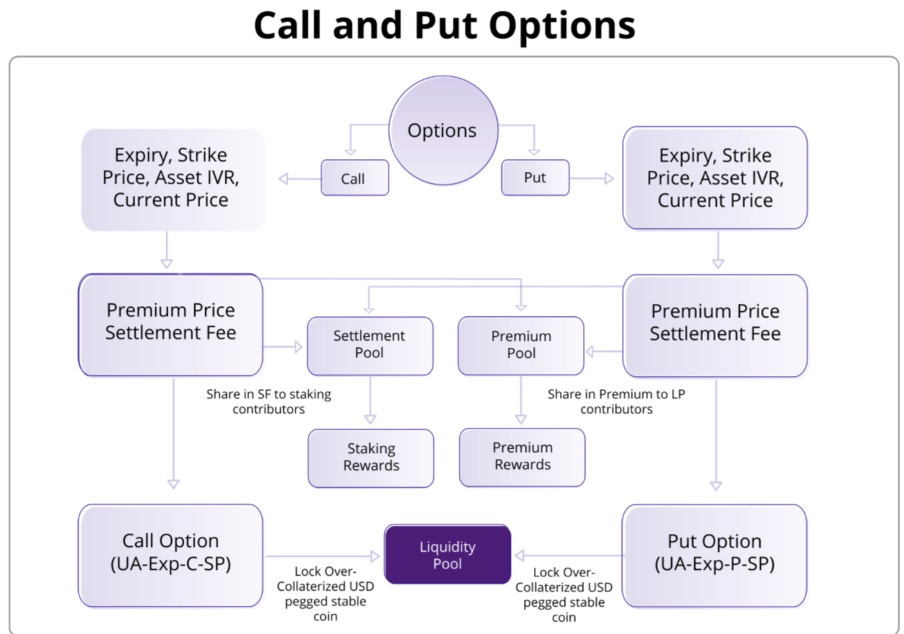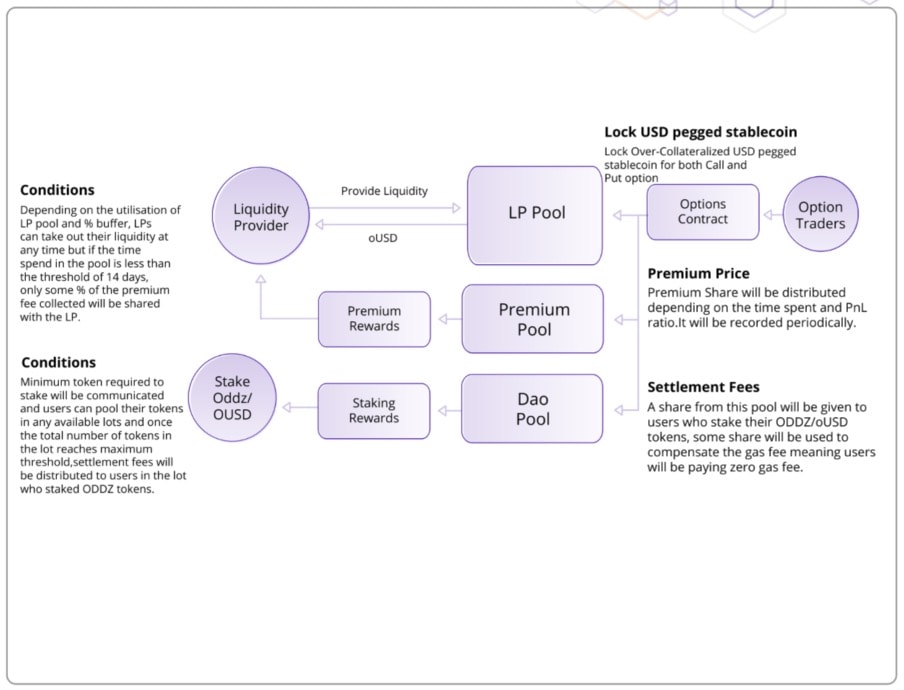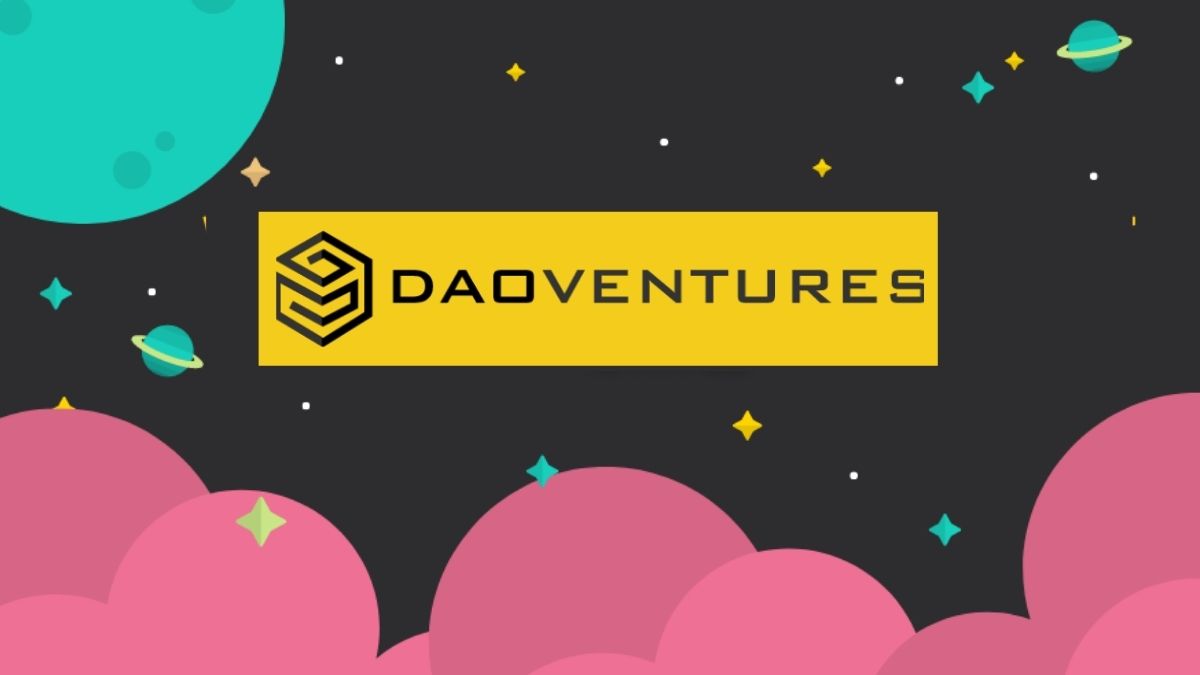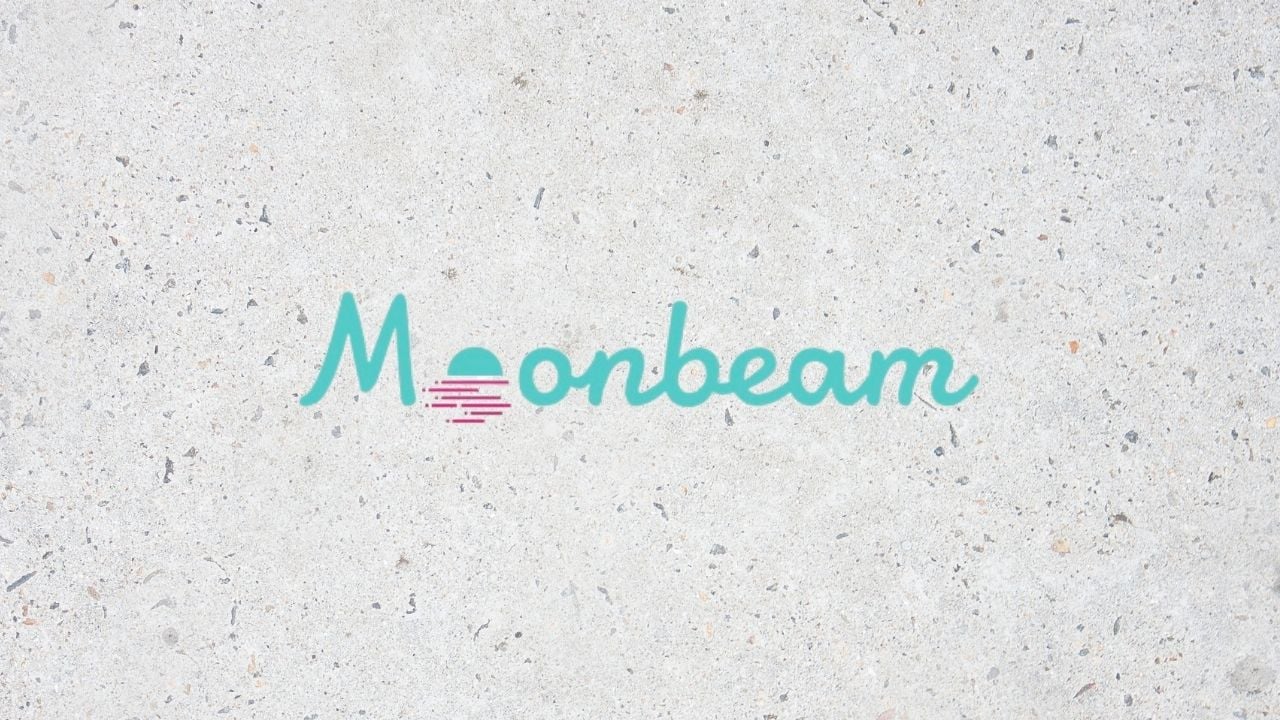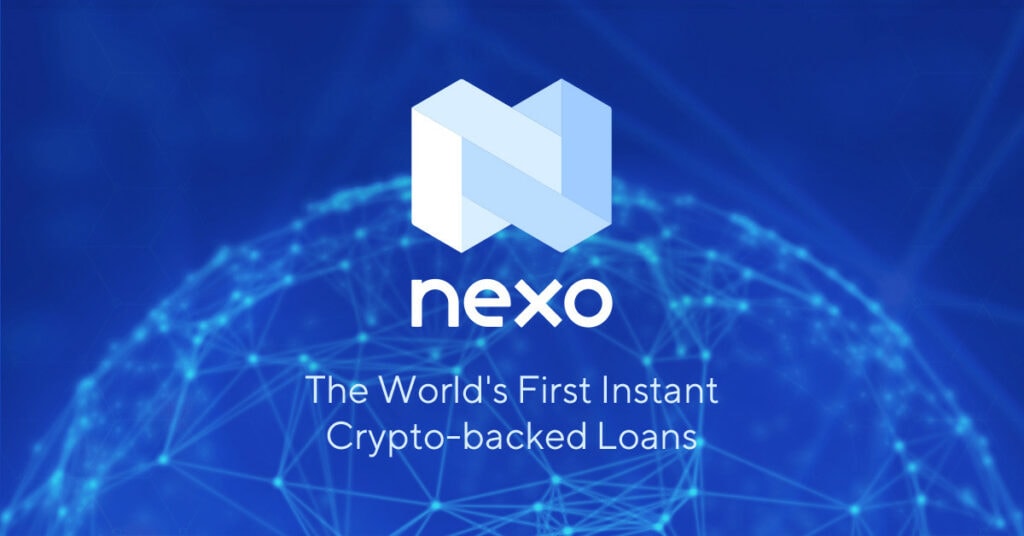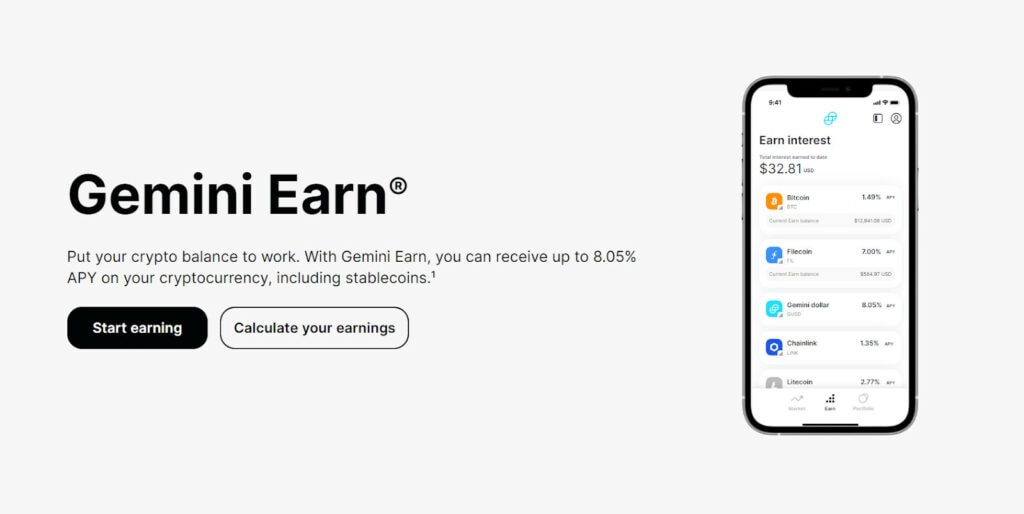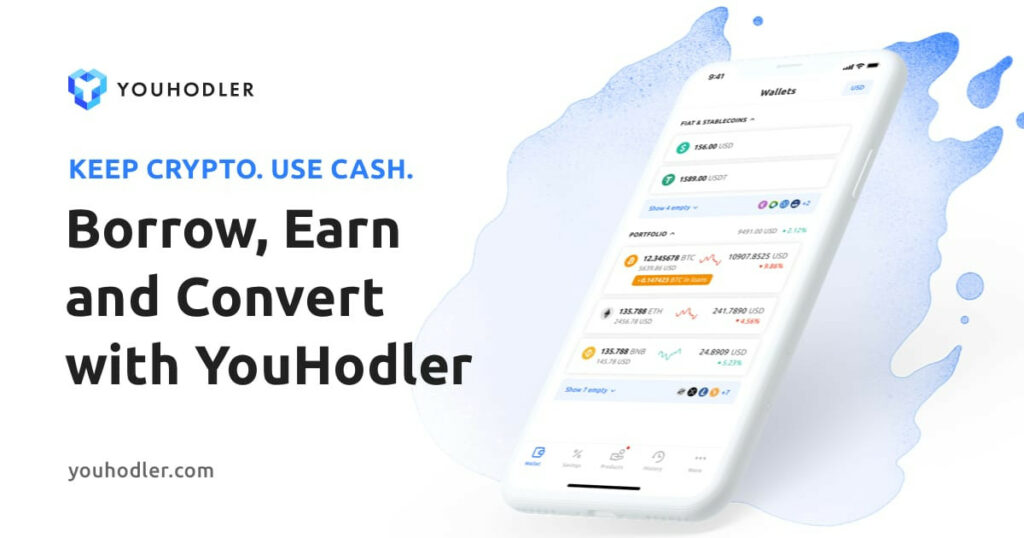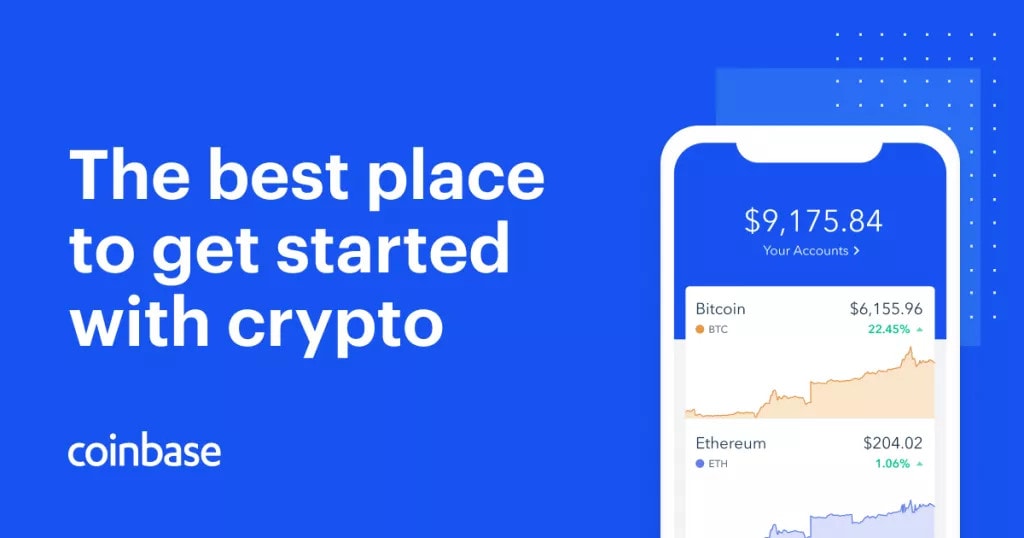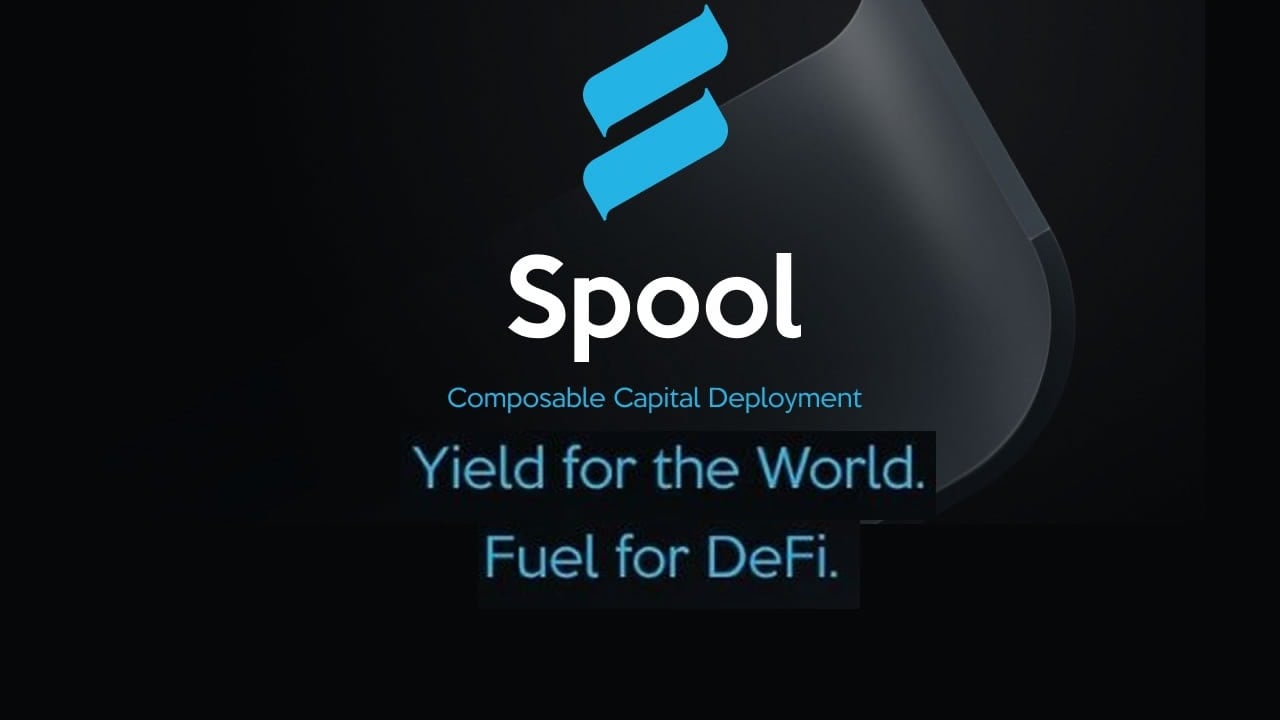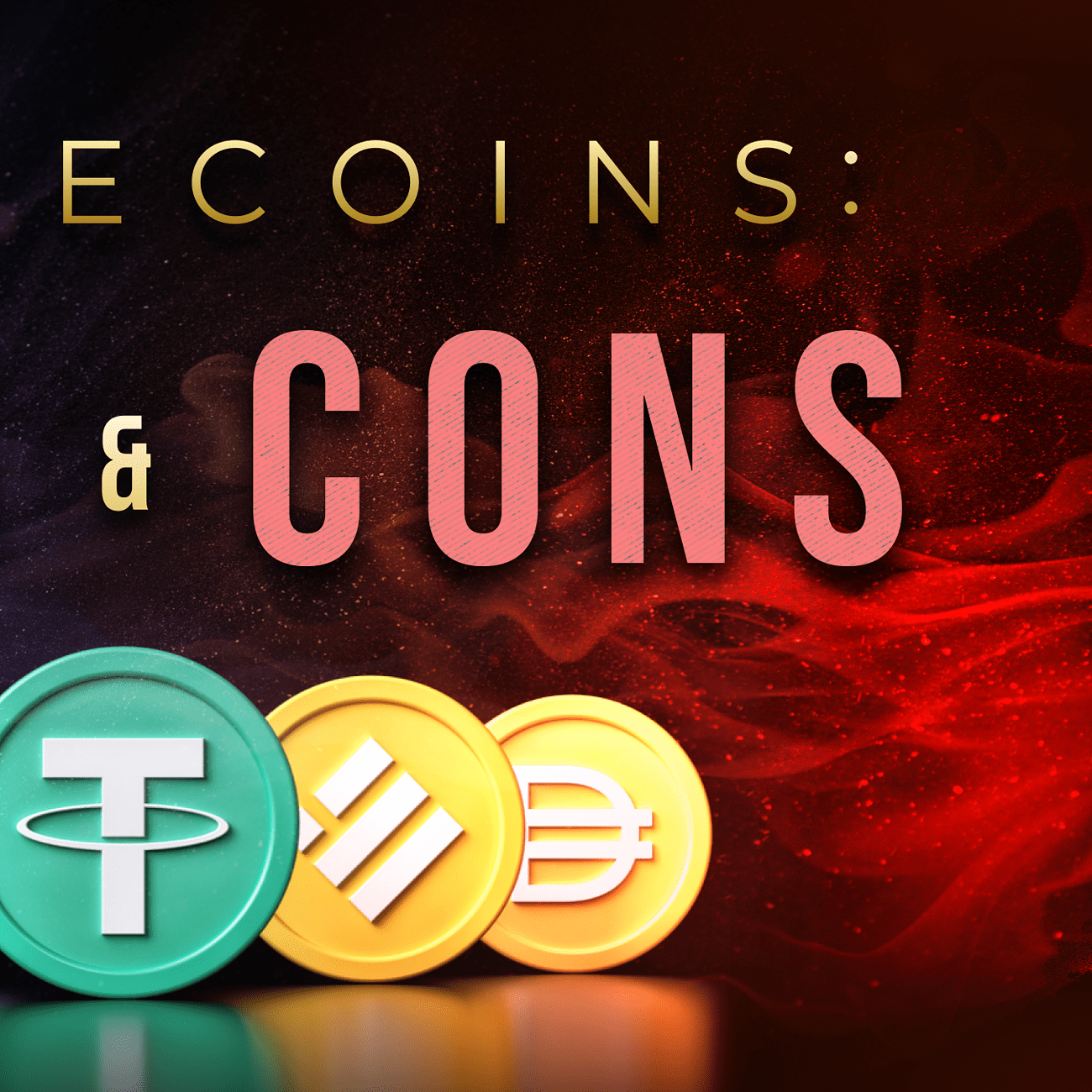Glitch is a platform that seeks to complement the Ethereum network by providing a protocol specifically for DeFi applications.
Ethereum brought the possibilities of blockchain technology to life by birthing many crypto-based protocols that leverage its smart contract feature to build incredible financial applications. The sporadic development of these applications, however, has weighed down the Ethereum network, causing congestion and inefficiencies.
While many are placing their hope on the full-deployment of Ethereum 2.0, other innovators don’t have that patience, and therefore, are creating their own solutions, such as Glitch.
Background
Sean Ryan, the founder of Glitch, is a business development expert who had contributed to the creation and acquisition of several SAAS products and companies before the creation of his blockchain project.
Ryan has advocated for the cryptocurrency industry since 2015 and has developed a passionate interest in Decentralized Finance (DeFi) systems over the years.
He created Glitch in August 2020 and was able to leverage his finance and business development experience to put together an incredible team to build a DeFi solution now known as Glitch Protocol.
Hong-Kong serves as the platform’s development base.
What is Glitch?
Glitch protocol is a blockchain super protocol constructed to support and provide a working framework for decentralized financial applications to be built upon, and is designed to work in symbiosis with the Ethereum platform.
It aims to be a scalable solution, providing increased throughput that would enable the process of thousands of transactions every second.
Described as the world’s first “for-purpose” DeFi protocol, it offers a smart-contract platform for facilitating decentralized applications (dApps). In addition to the support it provides, the Glitch protocol also provides an enhanced user experience and efficient cross-chain interoperability.
How does Glitch Work?
As a solution that prioritizes user experience, it is designed to work effectively to remove redundancies caused by non-functional applications. However, its primary selling point is its high scalability, cost-effectiveness, and significantly increased throughput.
The core concepts and features responsible for bringing these ideas to life are explained in the next few paragraphs.
Consensus Mechanism
The Ethereum platform used the same framework as Bitcoin to improve its consensus mechanism from a Proof of Work (PoW) to a Proof of Stake (PoS) system. Glitch protocol, on the other hand, employs a faster consensus mechanism known as Delegated Proof-of-Stake (DPOS).
In the DPOS mechanism, stakeholders reach consensus by outsourcing the network’s security to third-parties known as ‘block producers.’
These individuals are authorized to create a new block every 0.5 seconds. Byzantine Fault Tolerance (BFT) is imposed on block producers to prevent block creation on multiple forks. Despite having a bypass to this limit, the protocol would automatically change consensus to the longest chain.
What’s unique to Glitch’s consensus mechanism, however, is that voters do not select the block producers. Instead, each stakeholder is given an equal chance at block creation. This is to ensure fairness in the governance system.
The Vault
The Vault is the system by which profit is distributed on the Glitch protocol. An immutable vault on the Glitch Blockchain collects 20% of all network fees and other revenues generated from the dApp. The deposit is automatic and shared among stakeholders on the network.
This revenue-sharing model encourages active participation in the network while fostering community support. The model also creates a positive feedback loop where the community supports developers and is incentivized to continually do so.
This loop drives the protocol forward, which maintains the platform’s progress.
Token Wrapping
Token wrapping on Glitch involves mirroring ERC-20 tokens from Ethereum on its platform with its GRC-20 token standard.
Users with tokens on the Ethereum network can register their Ethereum address on the Glitch protocol. Their tokens can then be mirrored as a Glitch coin during an initial snapshot.
This way, developers can simulate products and dApps from Ethereum while benefiting from the faster throughput and circumventing the high transactional costs they would otherwise have to work with on ETH. And while token wrapping is currently being developed for ERC-20 tokens alone, there are plans to incorporate other blockchains.
Glitch Token ($GLCH)
The Glitch Protocol allows the use of a single token, known as Glitch Token (GLCH), for all transactions and dApps be built across its ecosystem. This ensures consistency for all applications that utilize the network. In addition, users can exchange GLCH tokens on Uniswap.
The total supply for the native token (GLCH) in circulation is 88,888,888 GLCH. After the public sale, 15% of the total supply (i.e. 13,333,333 GLCH) will be openly circulating.

Glitch GLCH Token Distribution
8,888,888 GLCH had been sold in the seed round at $0.03375 / GLCH. 0.625% of tokens will be released weekly for 4 months.
22,222,222 GLCH had been sold in the private round 1 at $0.0675 / GLCH. 3.125% will be released weekly for 2 months.
• 4,444,444 GLCH had been sold in the private round 2 at $0.07875 / GLCH. 1.125% will be distributed weekly for 1 month.
• 13,333,333 GLCH had been allocated to the public sale at at $0.09 / GLCH. There were immediately unlocked upon listing on 11 January 2021 at 6:00am PST.
Glitch Rewards Program
Glitch Finance had provided initial liquidity on the GLCH/ETH pair on Uniswap. To incentivise users to provide liquidity, Glitch has a LP Rewards Program where they have allocated 888,888 GLCH (i.e. 1% of the total supply of GLCH) for rewarding participants. This program will run for 3 months starting on 17 January 2021.
Glitch DAO
The Glitch Protocol is governed by a network called the Glitch DAO (Decentralized Anonymous Organization). The DAO’s members are stakeholders who locked up their Glitch tokens in various pools.
The Glitch DAO has a unique structure, which employs two different DAO models to govern the protocol at its different stages. These two models have been engaged as a solution to conflicting incentives that are borne out of the need to support both Ethereum-based dApps on the Glitch network, as well as native dApps built from scratch on Glitch.
This difference in product-based risks the problem of exclusion if the DAO was based on either platform (Ethereum or Glitch).
The first model is an off-chain voting system, which uses an oracle to assign voting weights to either platform. This way, the potential exclusion would be mitigated. Yet, this model is vulnerable to fraud through oracle manipulation, especially when there is a substantial TVL (Total Value Locked) on native Glitch products.
The other model is the on-chain DAO, which would see the establishment of two separate DAO’s that govern and support the Glitch Protocol on their platforms. Both DAO would contribute to the progress of the ecosystem.
For the time being, before the TVL becomes significant, the off-chain DAO model would be used.
Conclusion
Most DeFi enthusiasts agree that the current financial system has to be decentralized for the ideal of a free market to come to pass. Transactions and processes should be transparent and accessible by anyone with interest.
With the power of blockchain technology, this revolution is closer to home than ever as DeFi Innovators are already building applications for the Ethereum 2.0 platform. All that is needed now is a good network of smart contracts that is fast and efficient.
Protocols like Glitch would help achieve that outcome as a complementary protocol to the Ethereum.
Decentralised Finance (DeFi) series: tutorials, guides and more
With content for both beginners and more advanced users, check out our YouTube DeFi series containing tutorials on the ESSENTIAL TOOLS you need for trading in the DeFi space e.g. MetaMask and Uniswap. As well as a deep dive into popular DeFi topics such as decentralized exchanges, borrowing-lending platforms and NFT marketplaces
The DeFi series on this website also covers topics not explored on YouTube. For an introduction on what is DeFi, check out Decentralized Finance (DeFi) Overview: A guide to the HOTTEST trend in cryptocurrency
Tutorials and guides for the ESSENTIAL DEFI TOOLS:
- MetaMask Guide: How to set up an account? PLUS tips and hacks for advanced users
- Uniswap review and tutorial: Beginners guide and advanced tips and tricks
- Serum DEX guide and review
- SushiSwap ($SUSHI) explained
- 1inch Exchange, Mooniswap and Chi GasToken: The ultimate review and guide
More videos and articles are coming soon as part of our DeFi series, so be sure to SUBSCRIBE to our Youtube channel so you can be notified as soon as they come out!
Disclaimer: Cryptocurrency trading involves significant risks and may result in the loss of your capital. You should carefully consider whether trading cryptocurrencies is right for you in light of your financial condition and ability to bear financial risks. Cryptocurrency prices are highly volatile and can fluctuate widely in a short period of time. As such, trading cryptocurrencies may not be suitable for everyone. Additionally, storing cryptocurrencies on a centralized exchange carries inherent risks, including the potential for loss due to hacking, exchange collapse, or other security breaches. We strongly advise that you seek independent professional advice before engaging in any cryptocurrency trading activities and carefully consider the security measures in place when choosing or storing your cryptocurrencies on a cryptocurrency exchange.


